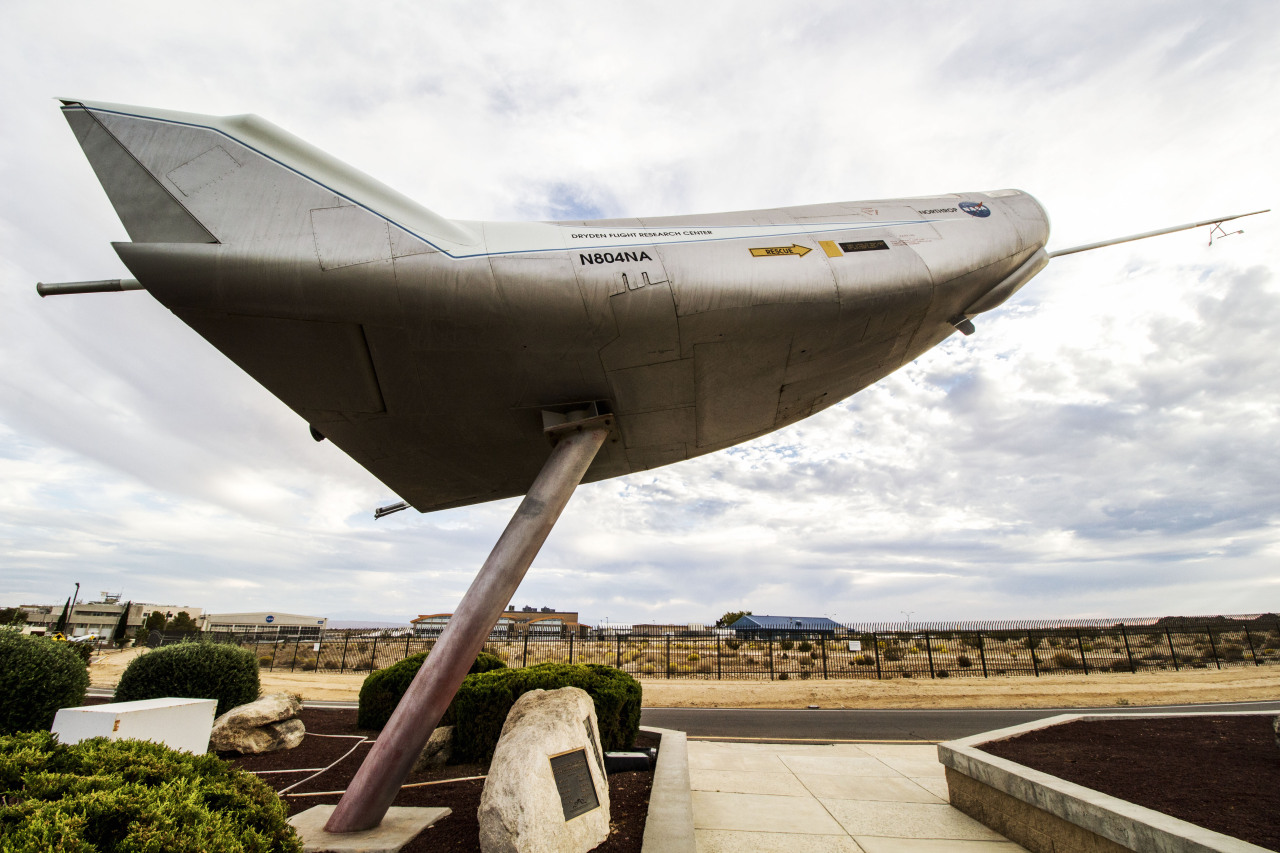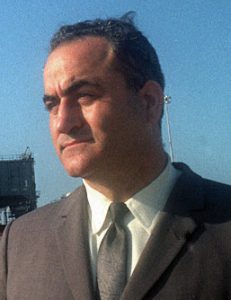1972: NASA hell of a year (11)
Archibald
Banned
wings into space
May 16, 1972
... and then, at last, come winged shapes.
They were at first thought to be dead on arrival – if only because of the shuttle fiasco. Grumman courageously proposed a subscale shuttle orbiter model. While their proposal doesn't stand much chance of being picked up as NASA next manned vehicle, it could instead be fund as an entirely different project.
At the time when the shuttle was cancelled NASA Langley was pitching a subscale (1/4 the size) shuttle orbiter to be flown as a piloted, supersonic X-vehicle – the X-27. The military enjoyed Langley proposal – and shown interest in an unmanned, orbital variant of the X-27.
The latter bring us to the very major surprise that has come from Boeing. Incredibly, the Seattle company entered NASA manned craft bidding war bringing back a legend – DynaSoar ! The very same X-20 DynaSoar that was canned by SecDef McNamara nearly a decade ago, on December 10, 1963.
In the wake of their sale pitch to NASA Boeing made stunning revelations about the long lost space glider. Very few people realize that not only was there a full-scale X-20 mockup that was displayed in public, but also that the first flight article was well under construction by Boeing in Seattle and it was at least 60% complete at the time of cancellation in December 1963.
A full scale mockup of DynaSoar was build and it was proudly shown to the public in Las Vegas in September of 1962 during the Air Force Association annual convention.
A decade later it seems that Boeing had that DynaSoar mockup taken out of storage. It forms the nucleus of Boeing entry into NASA bidding war.
According to British aerospace journalist David Baker, somebody at Boeing told him last summer- about the time the Shuttle was running into trouble - that the front end of the DynaSoar mockup was to be cut off "soon" to be used for an ergonomic cockpit design applicable to a possible spaceplane proposal the company was mulling for NASA and the DoD at the time.
Which in turn mean that the mockup must have been in storage someplace at least until then, for as much as eight years (1963 to 1971). Baker Boeing source later told him the shuttle was canned before the DynaSoar mockup was actually hacked off.
Then Boeing found itself pitching a reborn DynaSoar as NASA next manned ship.
The real surprise however then come from a Boeing employee with the name of Andy Hepler.
Hepler had worked on DynaSoar. After he learned of the full scale mockup being brought back he guided puzzled Boeing managers to a remote hangar.
There, in a dusty corner, and covered with plastic tarps, stood the unfinished very first, unique DynaSoar prototype.
It was 60% complete and, in an alternate universe, might have been dropped from under the NB-52B wing as early as summer 1965.
It seems that NASA next manned ship competition (a winner is to be announced in August) might have an unexpected spinoff.
The winged shapes and lifting bodies entries may be diverted to a whole different program – a military unmanned space plane !
Competitors would be: Grummann subscale shuttle (as pushed by NASA Langley, either with Faget straight wings or the Air Force delta shape); Boeing revamped DynaSoar; Martin Marietta X-24 and Northrop HL-10 lifting bodies.
May 16, 1972
... and then, at last, come winged shapes.
They were at first thought to be dead on arrival – if only because of the shuttle fiasco. Grumman courageously proposed a subscale shuttle orbiter model. While their proposal doesn't stand much chance of being picked up as NASA next manned vehicle, it could instead be fund as an entirely different project.
At the time when the shuttle was cancelled NASA Langley was pitching a subscale (1/4 the size) shuttle orbiter to be flown as a piloted, supersonic X-vehicle – the X-27. The military enjoyed Langley proposal – and shown interest in an unmanned, orbital variant of the X-27.
The latter bring us to the very major surprise that has come from Boeing. Incredibly, the Seattle company entered NASA manned craft bidding war bringing back a legend – DynaSoar ! The very same X-20 DynaSoar that was canned by SecDef McNamara nearly a decade ago, on December 10, 1963.
In the wake of their sale pitch to NASA Boeing made stunning revelations about the long lost space glider. Very few people realize that not only was there a full-scale X-20 mockup that was displayed in public, but also that the first flight article was well under construction by Boeing in Seattle and it was at least 60% complete at the time of cancellation in December 1963.
A full scale mockup of DynaSoar was build and it was proudly shown to the public in Las Vegas in September of 1962 during the Air Force Association annual convention.
A decade later it seems that Boeing had that DynaSoar mockup taken out of storage. It forms the nucleus of Boeing entry into NASA bidding war.
According to British aerospace journalist David Baker, somebody at Boeing told him last summer- about the time the Shuttle was running into trouble - that the front end of the DynaSoar mockup was to be cut off "soon" to be used for an ergonomic cockpit design applicable to a possible spaceplane proposal the company was mulling for NASA and the DoD at the time.
Which in turn mean that the mockup must have been in storage someplace at least until then, for as much as eight years (1963 to 1971). Baker Boeing source later told him the shuttle was canned before the DynaSoar mockup was actually hacked off.
Then Boeing found itself pitching a reborn DynaSoar as NASA next manned ship.
The real surprise however then come from a Boeing employee with the name of Andy Hepler.
Hepler had worked on DynaSoar. After he learned of the full scale mockup being brought back he guided puzzled Boeing managers to a remote hangar.
There, in a dusty corner, and covered with plastic tarps, stood the unfinished very first, unique DynaSoar prototype.
It was 60% complete and, in an alternate universe, might have been dropped from under the NB-52B wing as early as summer 1965.
It seems that NASA next manned ship competition (a winner is to be announced in August) might have an unexpected spinoff.
The winged shapes and lifting bodies entries may be diverted to a whole different program – a military unmanned space plane !
Competitors would be: Grummann subscale shuttle (as pushed by NASA Langley, either with Faget straight wings or the Air Force delta shape); Boeing revamped DynaSoar; Martin Marietta X-24 and Northrop HL-10 lifting bodies.
Last edited:

